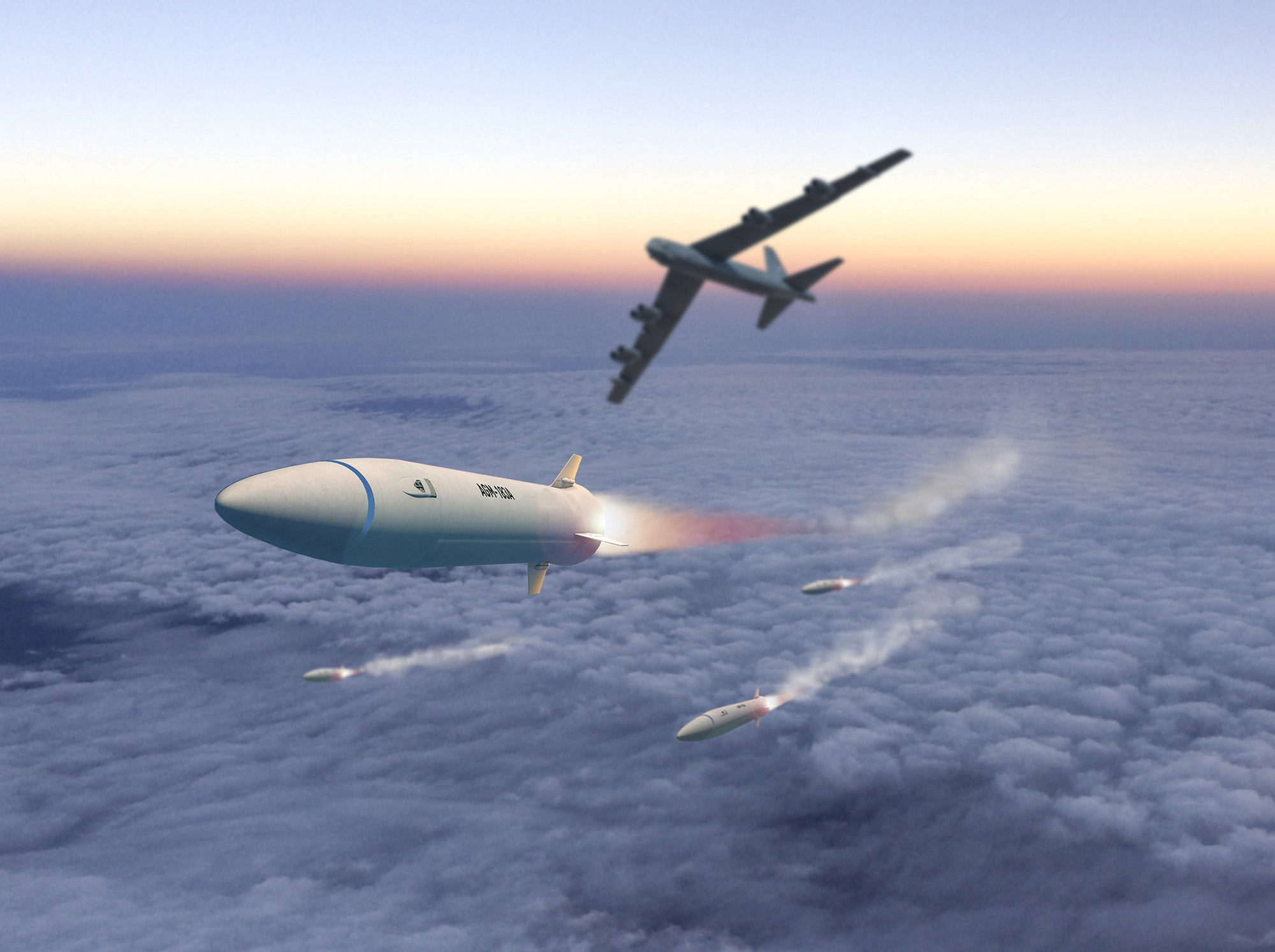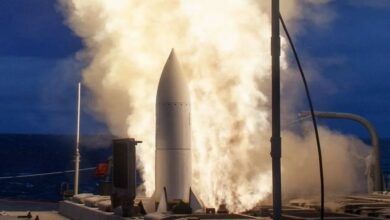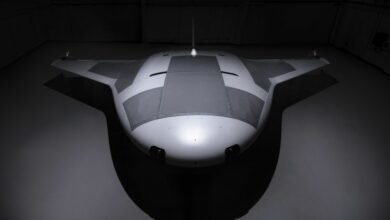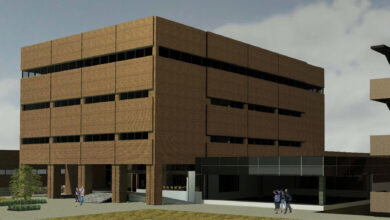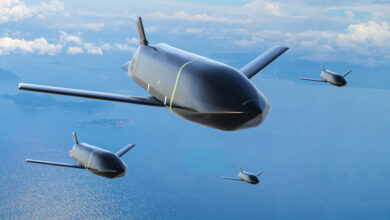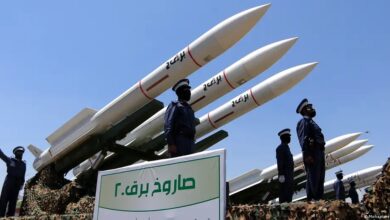A US Air Force hypersonic booster rocket known as BTV-1b failed to ignite when tested for the second time on Wednesday at Edwards Air Force Base in California.
The rocket-propelled AGM-183A Air-Launched Rapid Response Weapon (ARRW) cleanly separated from the B-52H bomber, quickly acquiring GPS and transferring power from the aircraft to the missile. However, the rocket engine did not ignite, scuttling the test.
Brig. Gen. Heath Collins stated that developing such a state-of-the-art weapon involves many phases, including live-fire testing. He said the service is now investigating what went wrong during the recent trial.
“This is a critical capability for our Air Force and we have the very best team working to figure out what happened, fix it, and move out to deliver ARRW to our warfighters as quickly as possible,” he said in a press release. ARRW is a prototype program aimed at delivering hypersonic weapons capability to warfighters.
Earlier this year, the US Air Force conducted the first test of its BTV-1b hypersonic missile. The weapon encountered a different problem that time – the rocket was not successfully attached to the bomber.

Continuing Hypersonic Missile Upgrade
In March, American aerospace manufacturer SpaceX was awarded an $8.5 million contract worth $8.5 million to develop heat shields for difficult hypersonic conditions. The agreement included research and selection of appropriate material technologies and methods for production.
The new heat shields will reportedly be used for future US missiles operating at very high air velocities.

